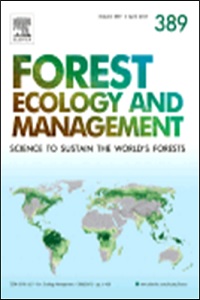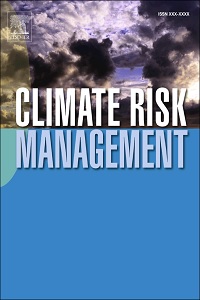Elsevier is a world-leading provider of information solutions that enhance the performance of science, health, and technology professionals.
All knowledge begins as uncommon—unrecognized, undervalued, and sometimes unaccepted. But with the right perspective, the uncommon can become the exceptional.
That’s why Elsevier is dedicated to making uncommon knowledge, common—through validation, integration, and connection. Between our carefully-curated information databases, smart social networks, intelligent search tools, and thousands of scholarly books and journals, we have a great responsibility and relentless passion for making information actionable.
Members:
Resources
Displaying 66 - 70 of 1605Sustainable recommendation domains for scaling agricultural technologies in Tanzania
Low adoption of sustainable intensification technologies hinders achievement of their potential impacts on increasing agricultural productivity. Proper targeting of locations to scale-out particular technologies is a key determinant of the rate of adoption. Targeting locations with similar biophysical and socio-economic characteristics significantly increases the probability of adoption. Areas with similar biophysical and socio-economic characteristics are referred to as recommendation domains (RDs).
Opposition and resistance: Governance challenges around urban growth in China and the UK
This paper proposes that, different though they are, the processes of urban development in China and the UK can be analytically compared by looking at the commonly occurring opposition and resistance to that development. Such opposition and resistance can delay and limit the development of land in and immediately surrounding cities.
Awareness and adoption of land,soil and water conservation practices in the Chinyanja Triangle, Southern Africa
The promotion of land, soil and water conservation measures has been a widespread development in sub-Saharan Africa in a bid to tackle degradation and improve productivity. As a result, several governments have launched various campaigns on soil, land and water conservation measures. The aim of this study is to determine some of the factors that influence farmers’ awareness (knowledge) and adoption of land, soil and water conservation practices. Data for this study was collected from 312 households using a questionnaire survey in the Chinyanja Triangle of Southern Africa.
Characterizing degradation of palm swamp peatlands from space and on the ground: An exploratory study in the Peruvian Amazon
Peru has the fourth largest area of peatlands in the Tropics. Its most representative land cover on peat is a Mauritia flexuosa dominated palm swamp (thereafter called dense PS), which has been under human pressure over decades due to the high demand for the M. flexuosa fruit often collected by cutting down the entire palm. Degradation of these carbon dense forests can substantially affect emissions of greenhouse gases and contribute to climate change. The first objective of this research was to assess the impact of dense PS degradation on forest structure and biomass carbon stocks.
Smallholder farmers’ attitudes and determinants of adaptation to climate risks in East Africa
Adapting to climate risks is central to the goal of increasing food security and enhancing resilience of farming systems in East Africa. We examined farmers’ attitudes and assessed determinants of adaptation using data from a random sample of 500 households in Borana, Ethiopia, Nyando, Kenya, Hoima Uganda, and Lushoto, Tanzania. Adaptation was measured using a livelihood-based index that assigned weights to different individual strategies based on their marginal contributions to a household’s livelihood.





